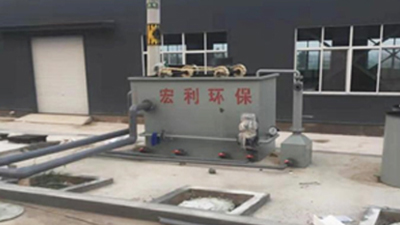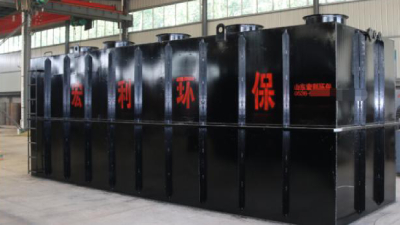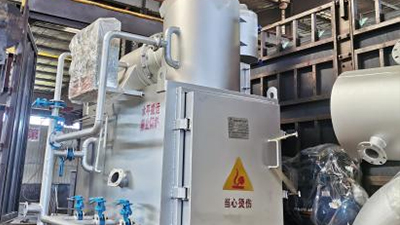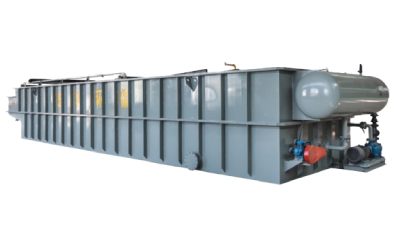The current treatment methods of domestic waste are mainly landfill and incineration. At present, the landfill treatment has basically reached a state of full load, and more
waste incinerators are currently used for treatment. Waste incineration dust mainly contains four categories of particulate matter, acid gas, heavy metals and organic pollutants.
-Professional equipment required for smoke treatment
A large amount of fly ash generated in the waste incineration process needs to be collected by cyclone dust collector and bag filter. Acid gas and organic pollutants can be pyrolyzed and burned in the secondary combustion chamber. Heavy metals can be collected by bag filter. tidyThis standard specifies the site selection principles for
domestic waste incineration plants, the requirements for domestic waste entering the plant, the basic technical performance indicators of incinerators, and the requirements for pollutant discharge limits for incineration plants.
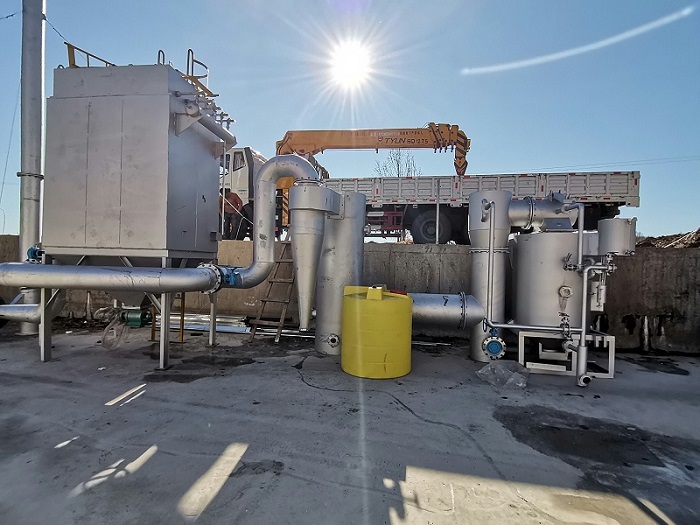
-Environmental protection requirements "Atmospheric Comprehensive Emission Standard" GB16297-1996
This standard specifies the site selection principles for domestic waste incineration plants, the requirements for domestic waste entering the plant, the basic technical performance indicators of incinerators, and the requirements for pollutant discharge limits for incineration plants.
This standard applies to the design, environmental impact assessment, completion acceptance, and pollution control and supervision and management during operation of domestic waste incineration facilities.
As a professional
incinerator manufacturer,Holy Shield has more than 20 new type/appearance/invention patents. With excellent quality and dedicated service,
Holy Shield products meet the standards of smoke-free, odorless, and emission-standard. Our products sell well in China and are exported to Europe, America, Southeast Asia and other regions.
